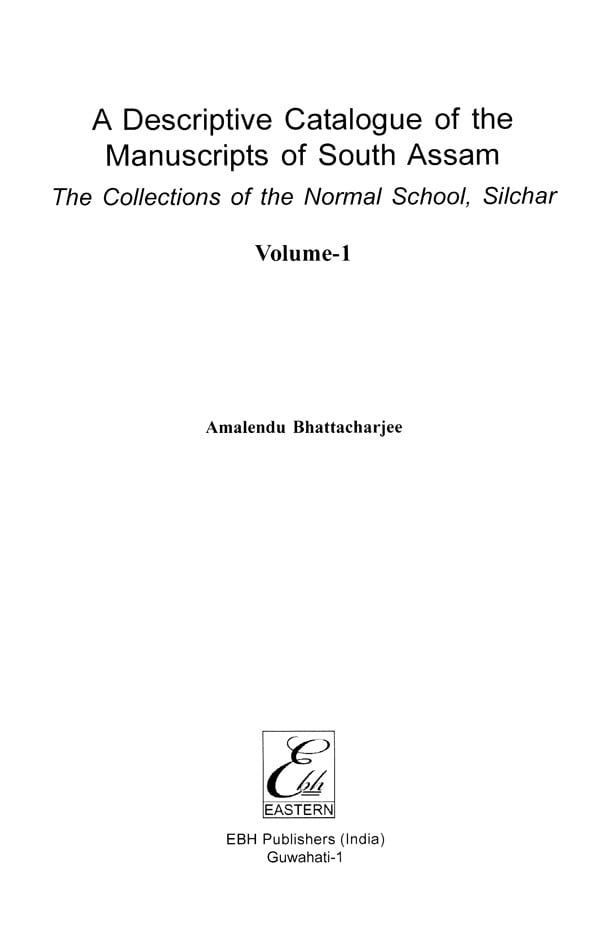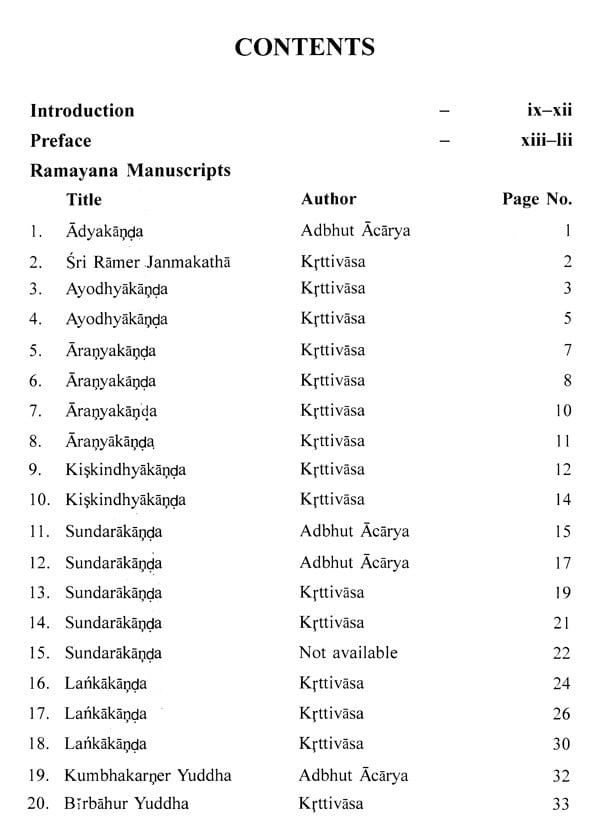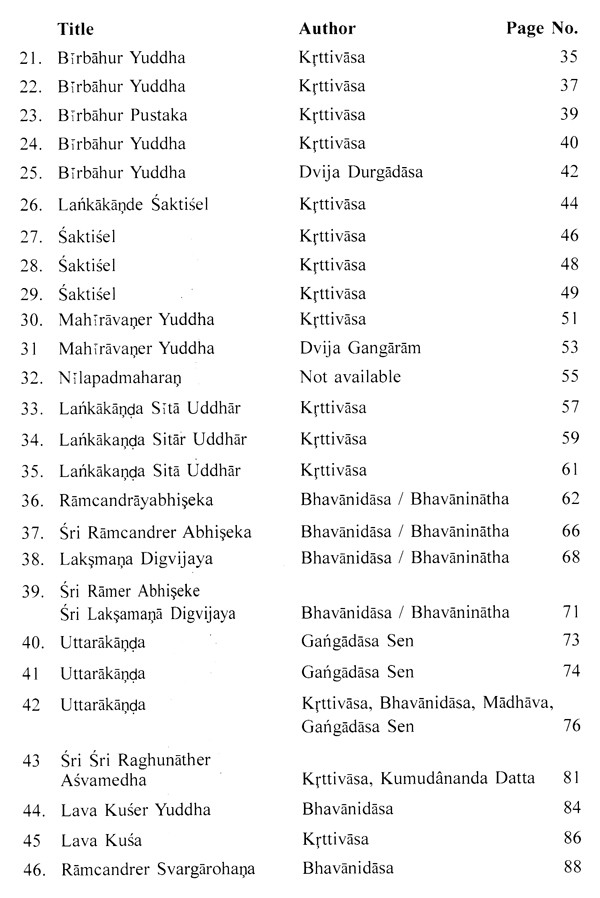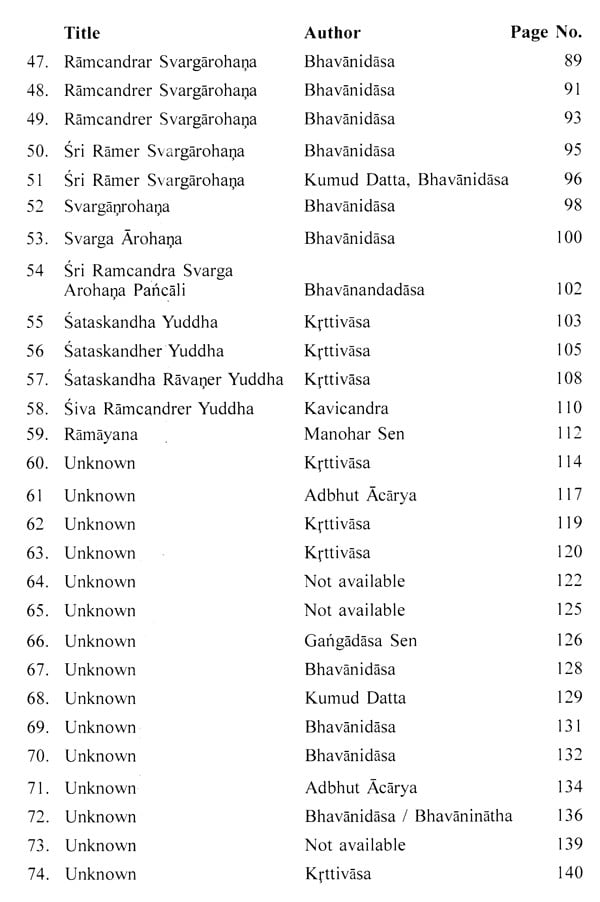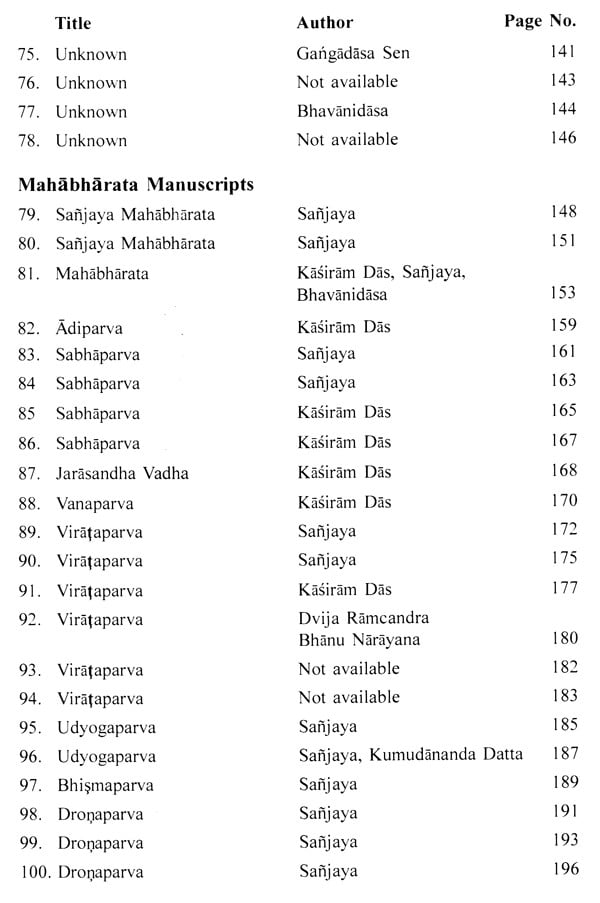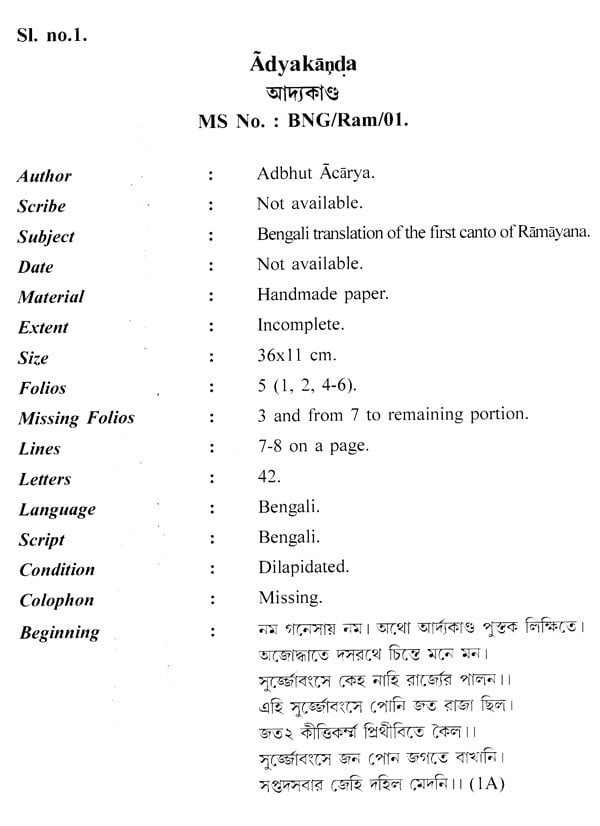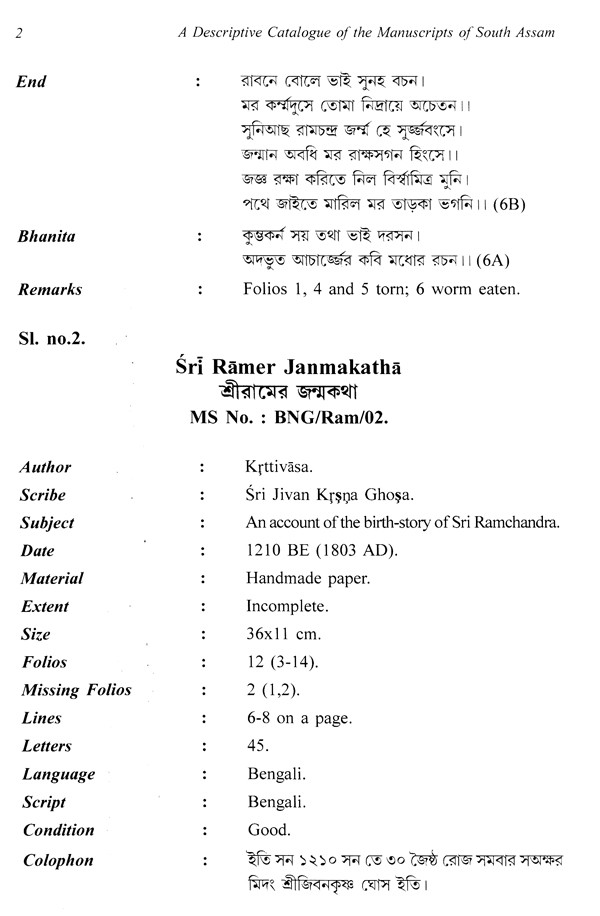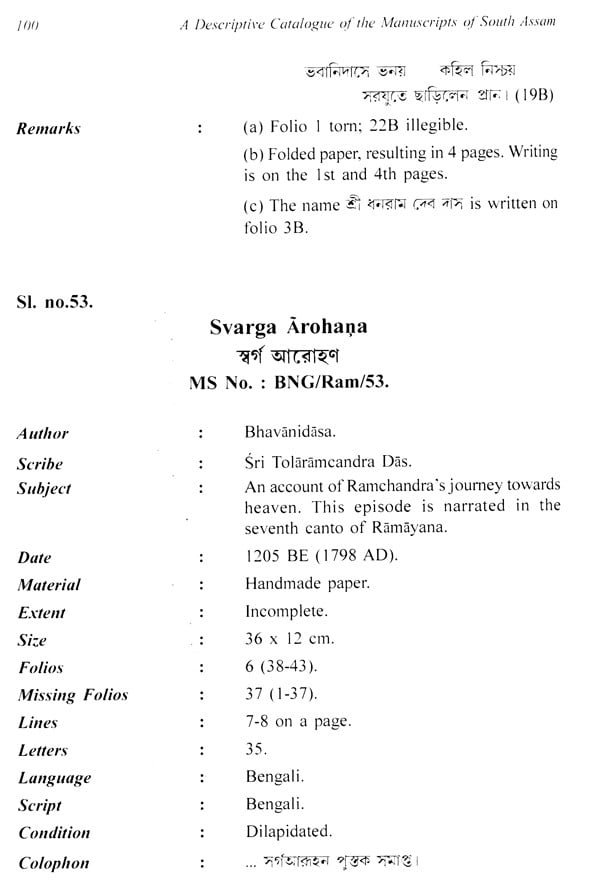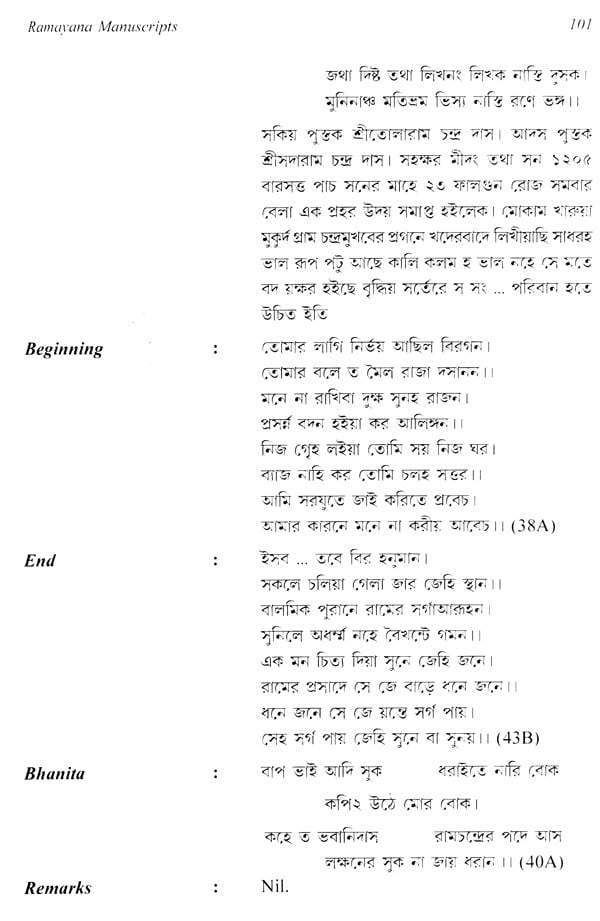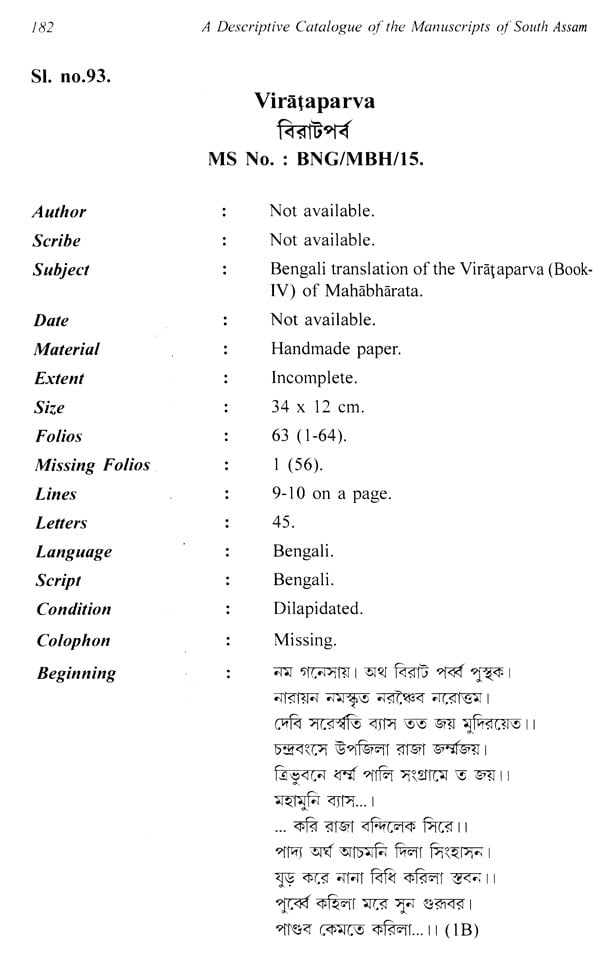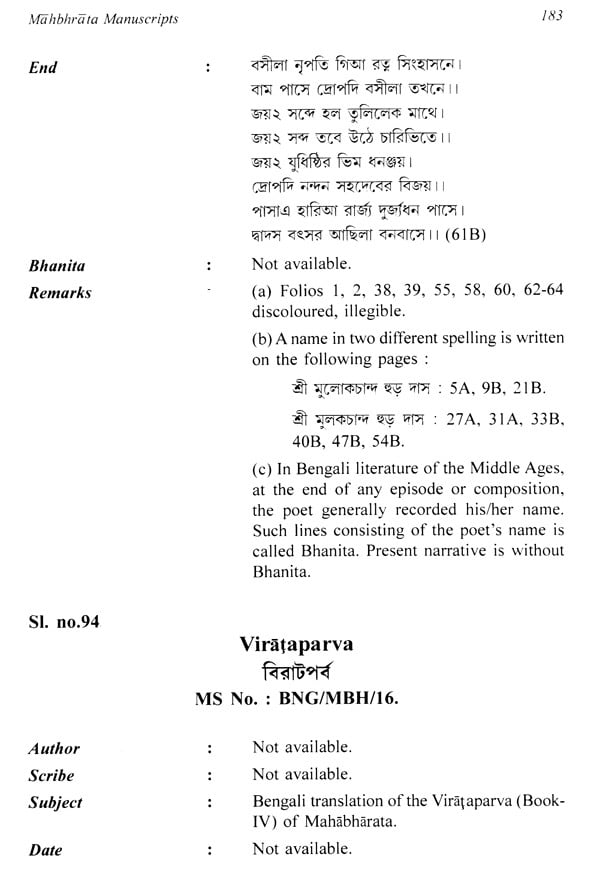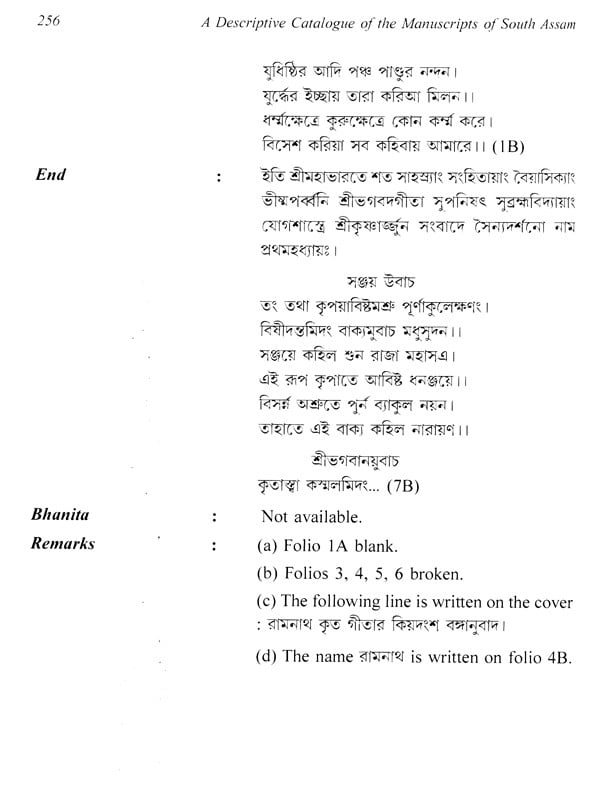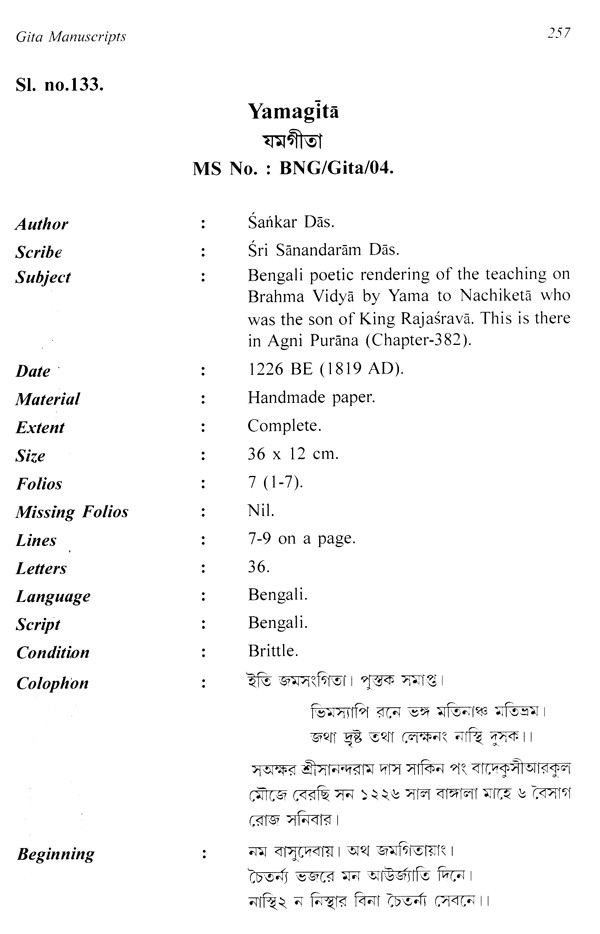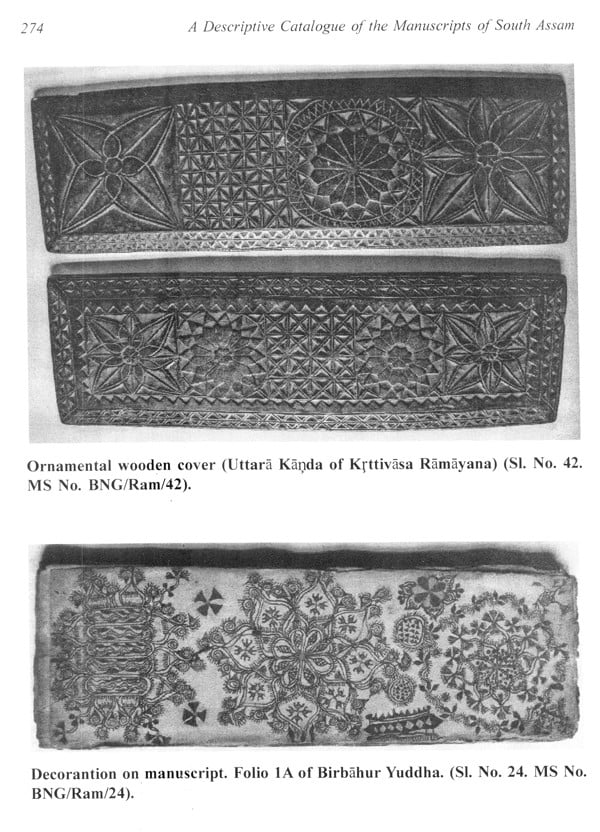About the Book The present publication is a Descriptive Catalogue of selective manuscripts in the collections of Normal School, Silchar of South Assam. It is a techers' training school established in 1906 with the aim to improve primary and middle school-level education. In the initial stage the teachers of Normal School, Silchar started collecting manuscripts for preservation of the ancient store-house of knowledge regarding which people were indifferent. The collection continued around 1940. But no attempt has been made during last eight decades to prepare a Descriptive Catalogue of this collections which is a basic need of manuscriptology.
About the Author Amalendu Bhattacharjee, is a noted Arctivist of North-East India. A Masters in Bengali, he did his Ph. D., from Gauhati University for his dissertation on folklore. He started teaching as a Lecturer in ADP College, Nagaon and later joined in GC College, Silchar. He has edited and co-edited fifteen books and written more than fifty research papers which have been published in different journals and anthologies. Sri Naradi Rasamrta, the best specimen of Hedamba court literature, edited by Amalendu Bhattacharjee, is a remarkable work in the domain of manuscriptology.
A Descriptive Catalogue of the Manuscripts of South Assam manuscripts in the collections of Normal School, Silchar is being published. This volume contains information of the Ramayana, Mahabharata and Gita manuscripts, total number of which are 141. These sources, explored through this Descriptive Catalogue, will surely throw new light on socio-cultural and literary history of South Assam region As part of recognition to his research, many academic institutions incorporated Dr. Bhattacharjee in the list of experts for different projects. Amalendu Bhattacharjee delivered three Tattvabodha Lecture, organized by National Mission for Manuscripts, covering different aspects of manuscriptology at Assam University, Silchar Indira Gandhi National Centre for the Arts, New Delhi and Kumar Bhaskar Varma Sanskrit and Ancient Studies University, Nalbari.
Foreword The book "A Descriptive Catalogue of the Manuscripts in South Assam, is a momentous work in the field of studies of Social Sciences. It will help future research scholars who will show their interest in high-end research in this area. The photographs are also impressive and the work has revisited Assam's forgotten past. Its cultural connections with Pan-Indian religio-cultural heritage is well understood as we go through the pages of this book sincerely. Ramayana manuscripts, Mahabharata manuscripts, Gita manuscripts and Sanskrit manuscripts make us enlightened about the oneness of Indian religio-cultural cultural heritage inespective of its innate diversities. Thus Assam is closely connected with the Vedic religious and cultural traditions of Ancient India. The Ahom Dynasty played a historical role so integrate Assam with the rest of India and developed Assam as a land of opportunities for this entire region. The contribution of Kacharis, Chatias and Koch are also remarkable and unforgettable. Assam's detachment with Burmese rulers and its attachment with the British Raj started during the colonial era. The mention of Assam in ancient Indian literature is notable. Dr. Amalendu Bhattacharjee who has been the Project-in-Charge of the project of preservation and conservation of Old Manuscripts (Kalmi Puthi) of Normal School, Silchar has gone into deep details. This is the first volume of his Descriptive Catalogue. We have seen scholars pointing out that references of Assam is found in the Puranas, Sanskrit literature and even in the accounts of foreign travellers. Dr. Bhattacharjee as a serious research scholar and as a person having deep interest in Assam's past has done his best to build up an academic interest on ancient Assam.
Preface Normal Schools are teachers' training institutes. The then Chief Commissioner of Assam Sir Bampfylde Fuller felt the necessity of establishing a Normal School in Silchar town of South Assam for the development of school education. He instructed the then Director of Education on April 20, 1905 to prepare a plan to that effect. But in the face of political upheaval, such an attempt had to be postponed. In the following year, after discussing the matter in its entirety, the decision was taken on 4th April 1906 to establish a Normal School in Silchar. Jagannath Deb was appointed Assistant Superintendent of the newly established school to conduct the daily works. At that time he was working as School Sub-Inspector in Silchar. Jagannath Deb made an effort promptly and expediently to start training classes for teachers. By his initiative the Guru Training class for Lower Primary teachers was started from 1st November, 1906. In the first academic session, as many as thirty (30) trainees were imparted training. In the meantime, Aghornath Adhikari and Maulavi Ajhar Ali were appointed Superintendent and Instructor of the school respectively. At that time Aghornath Adhikari and Maulavi Ajhar Ali were at Jabbalpur and Nagpur respectively for higher training. After completion of training, they joined their respective posts in February 1907.'
Aghornath Adhikari was an ideal teacher and an efficient administrator. He was the Superintendent of Silchar Normal School for seventeen years. Under his able leadership, Silchar Normal School was endowed a rich library, a museum, a demonstration hall, a flower garden and an orchid house. The office of Silchar Siksha Parisad, was in the Normal School.
**Contents and Sample Pages**
